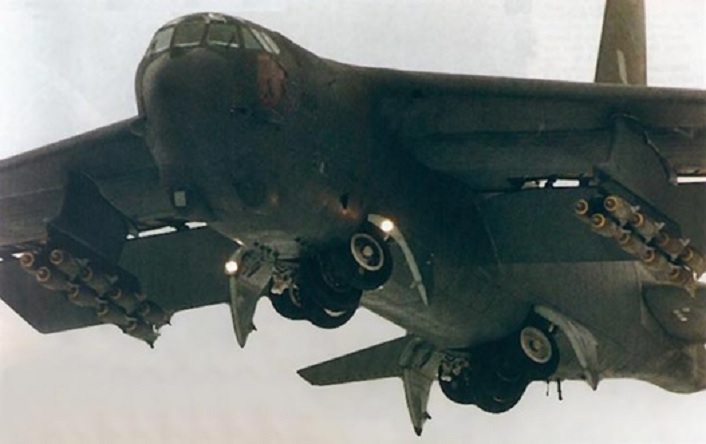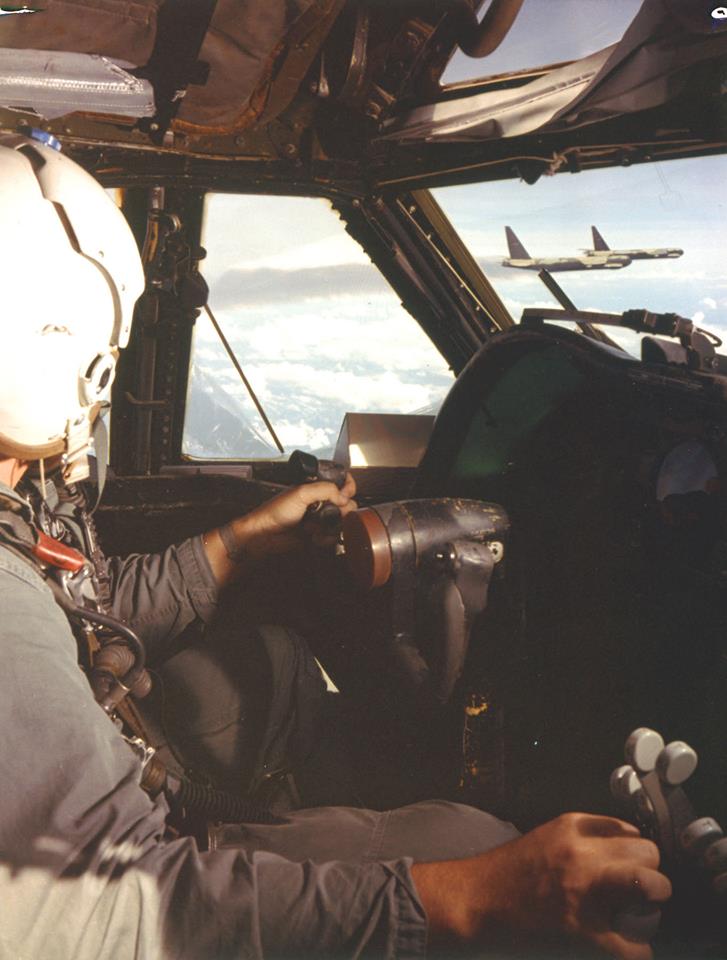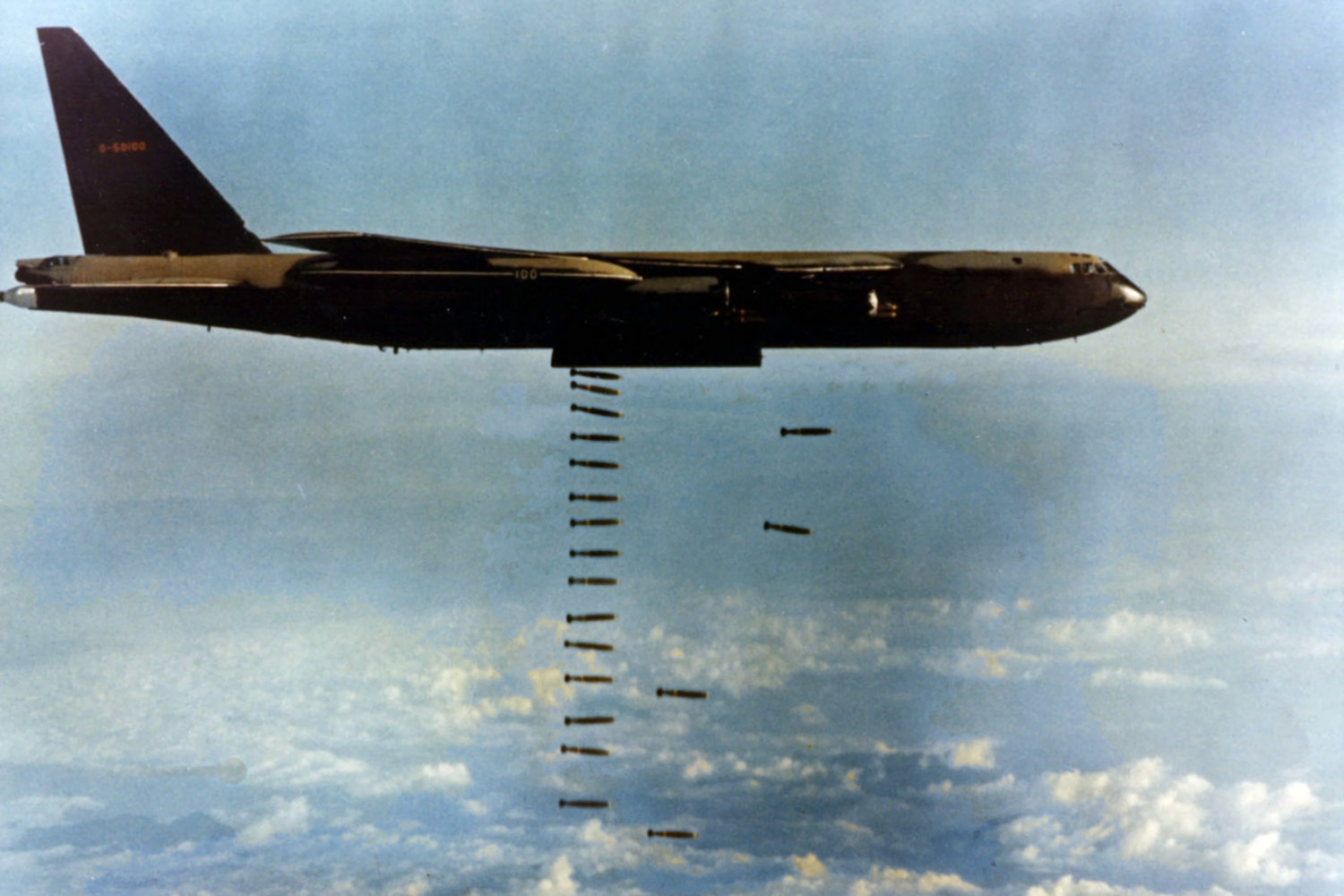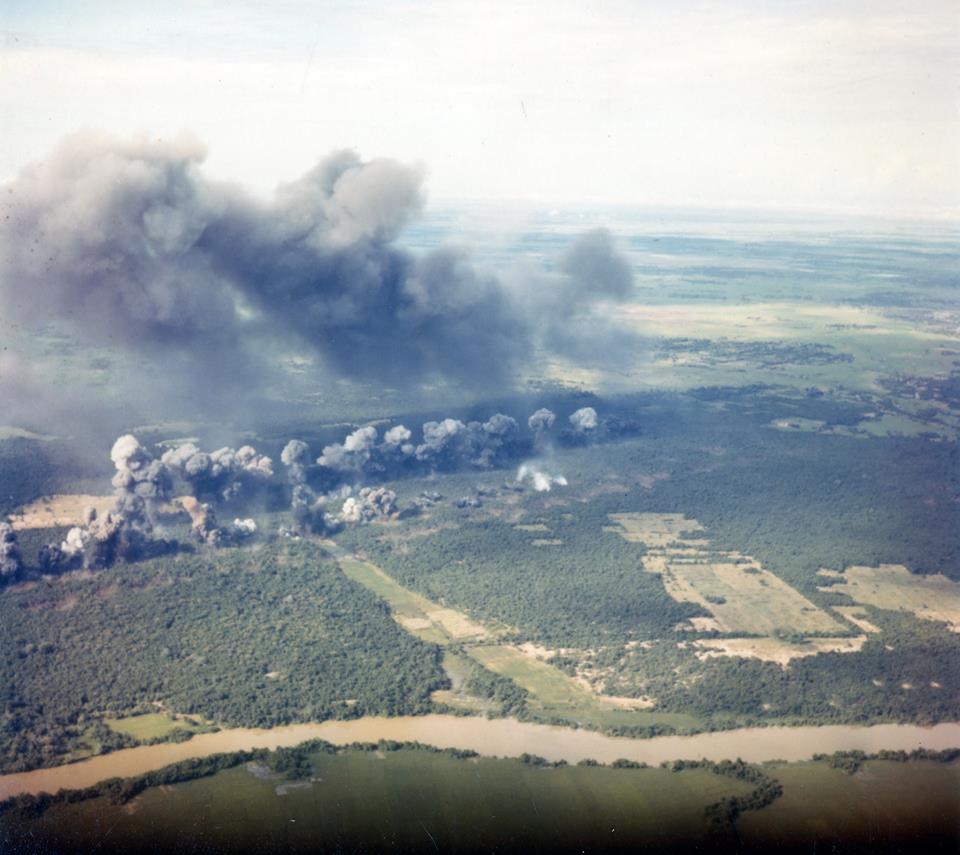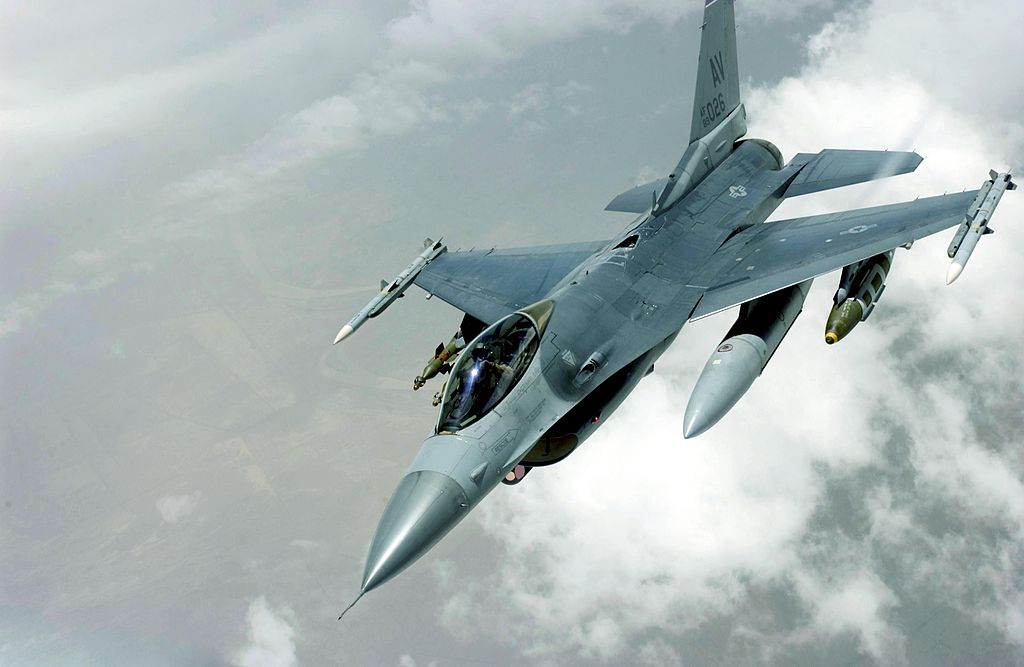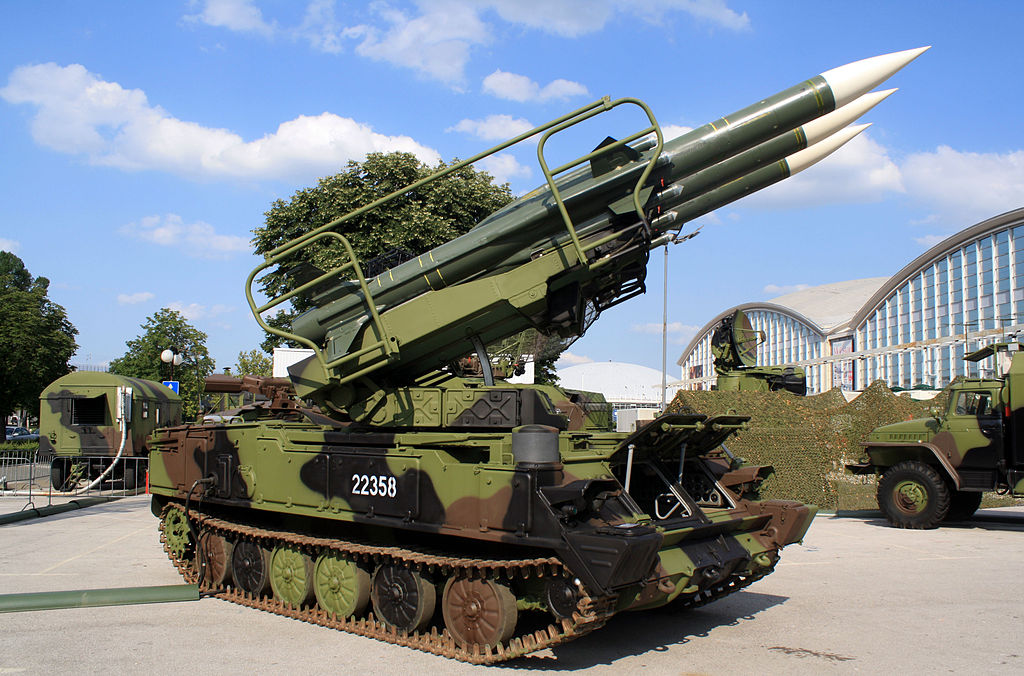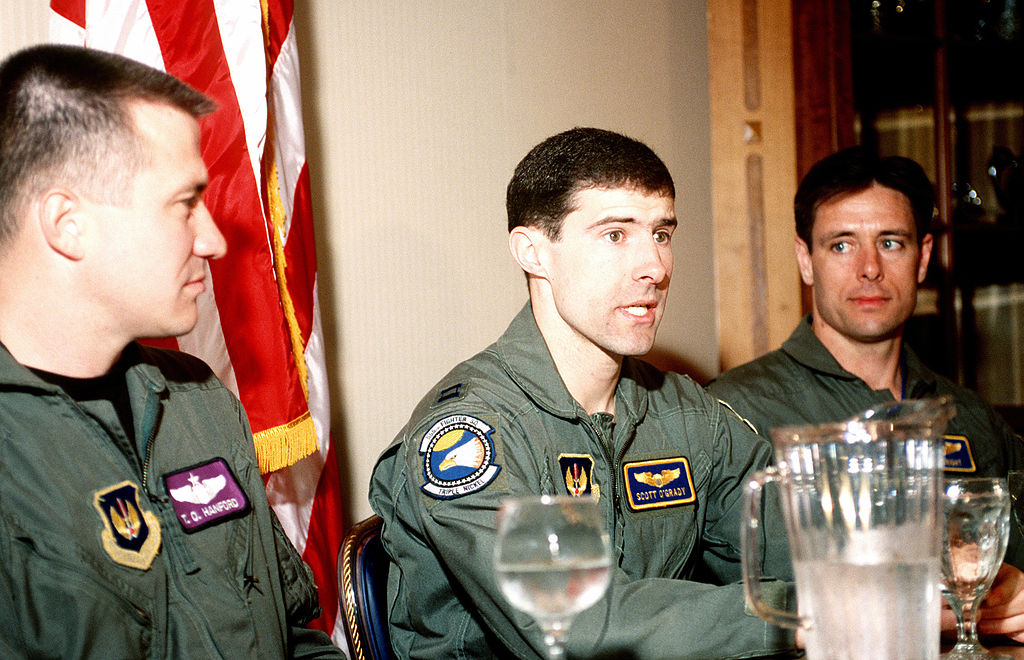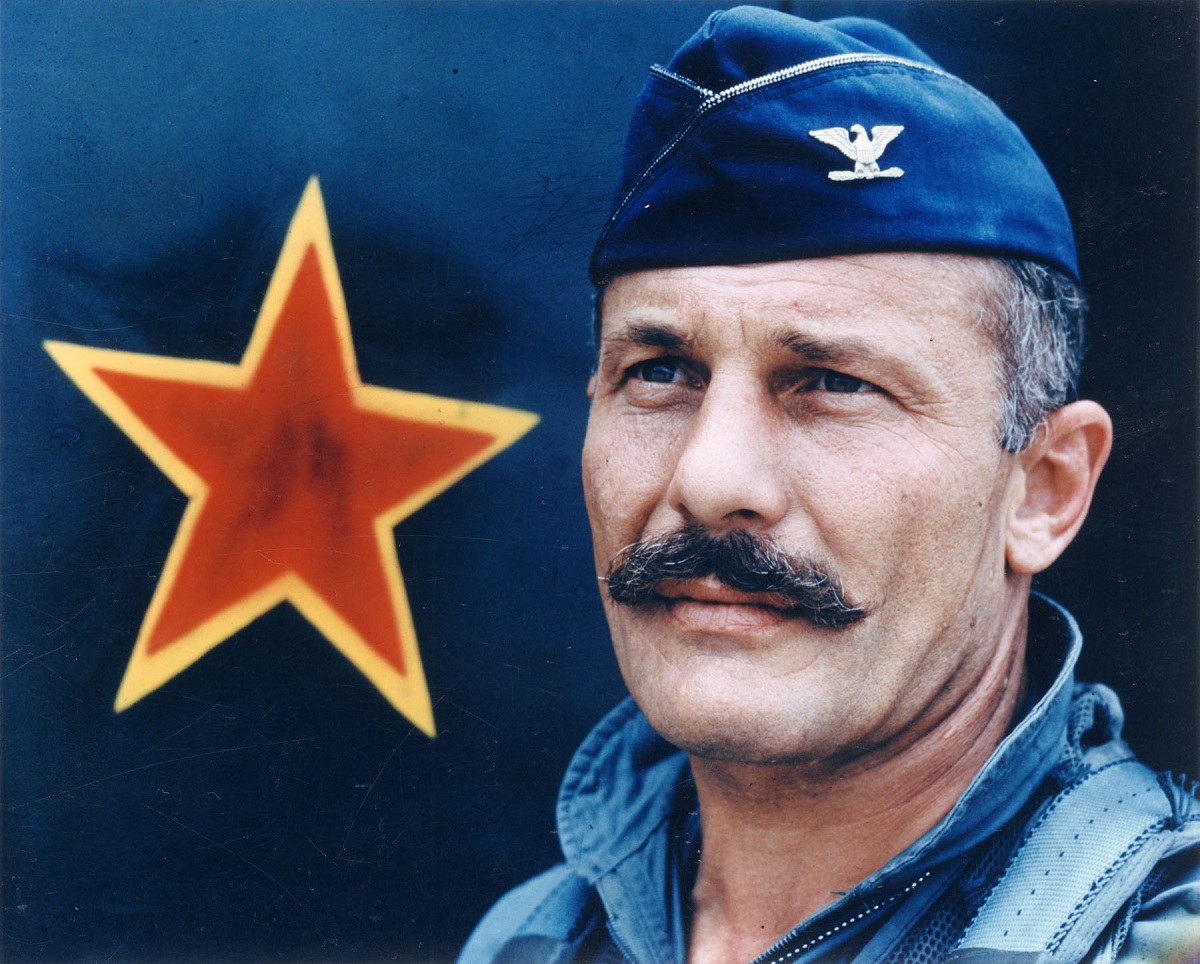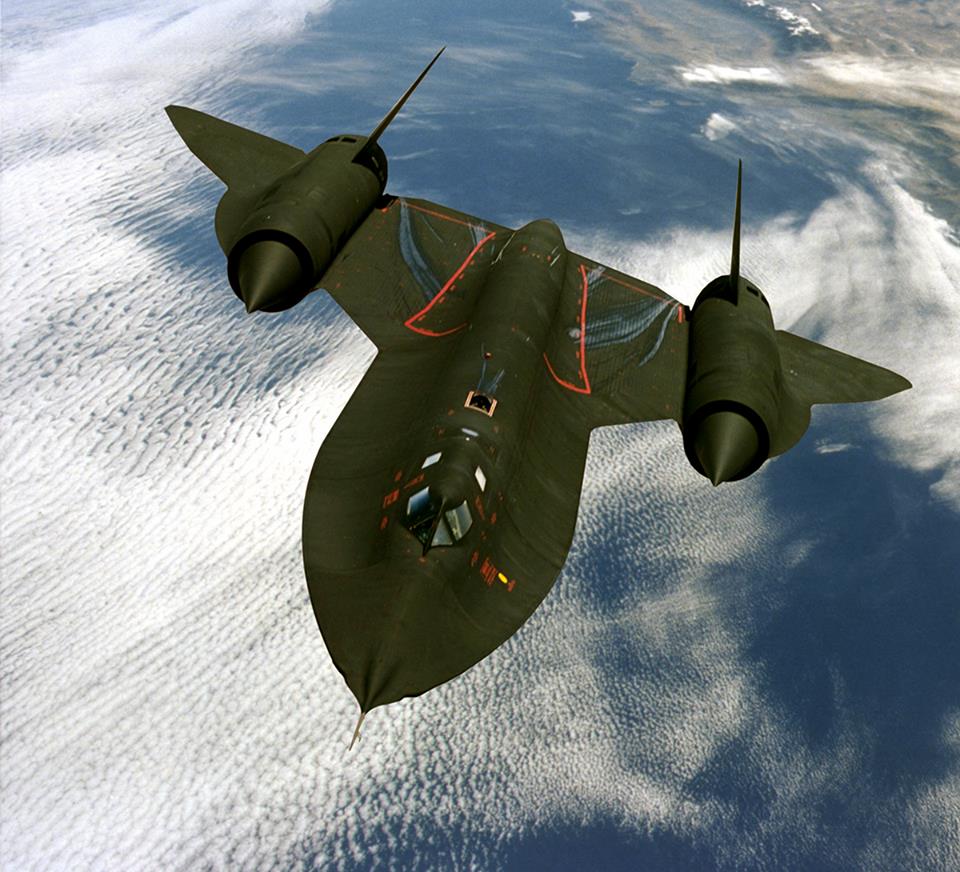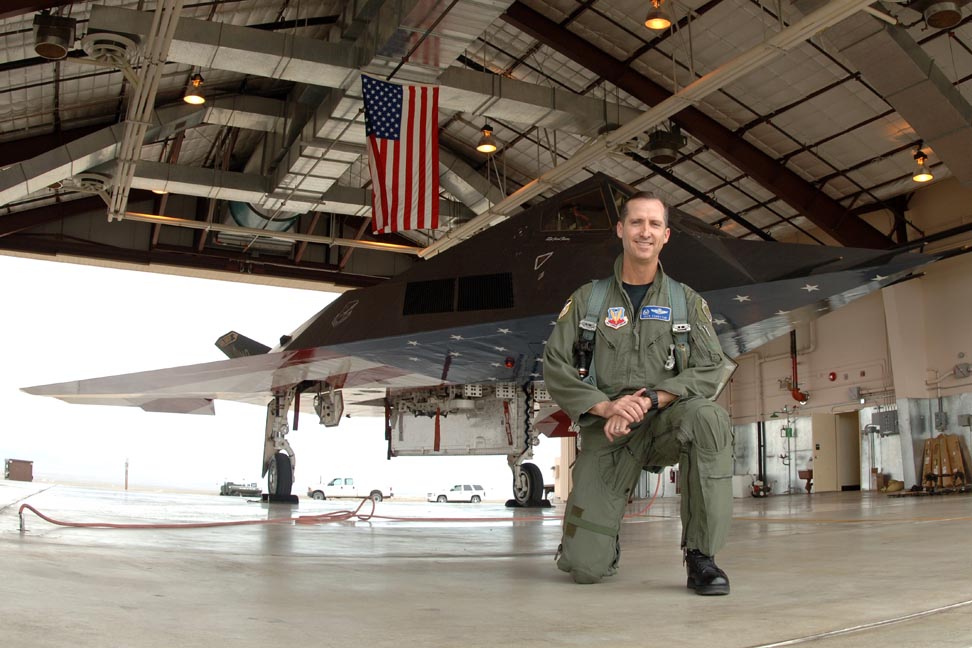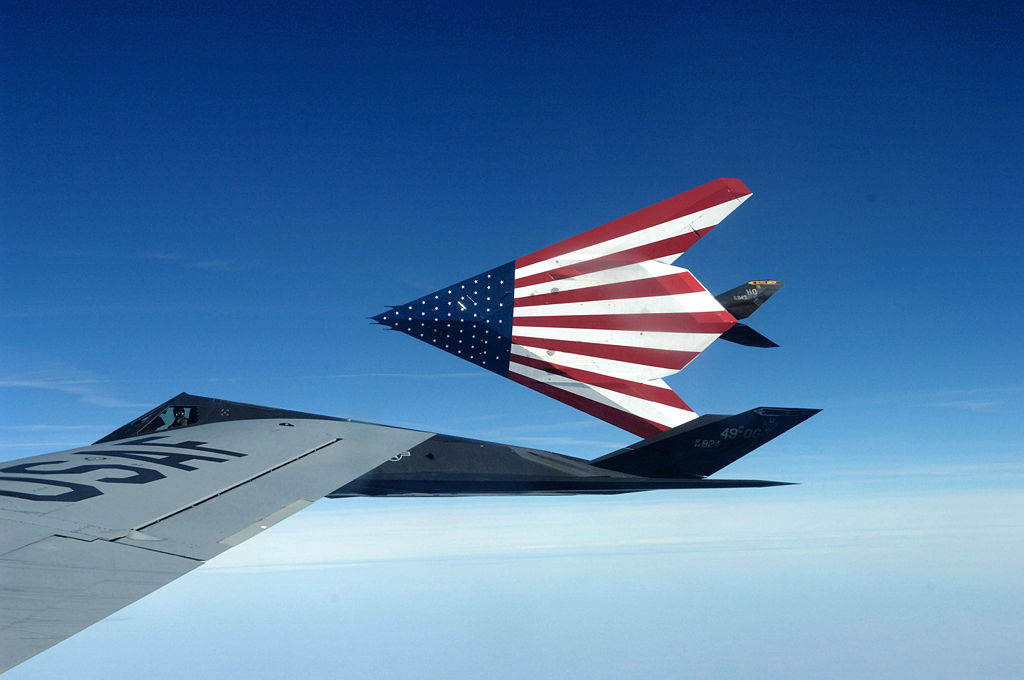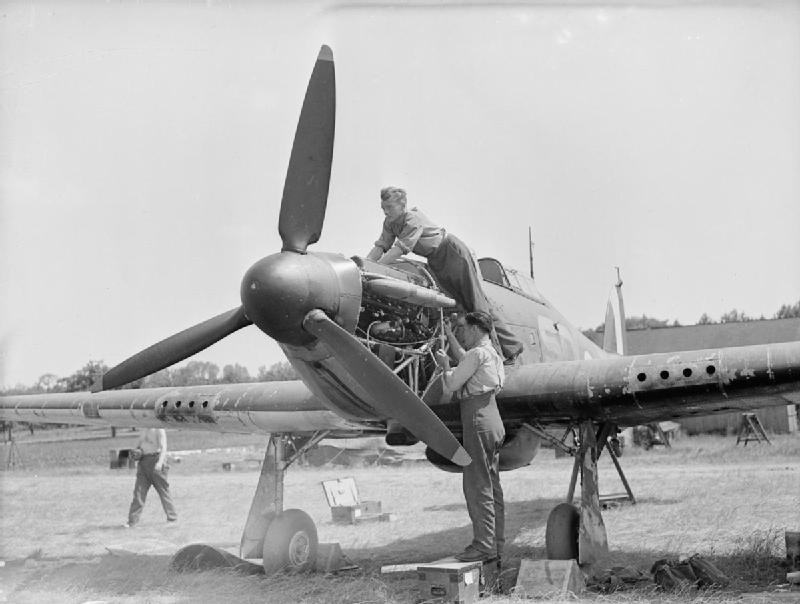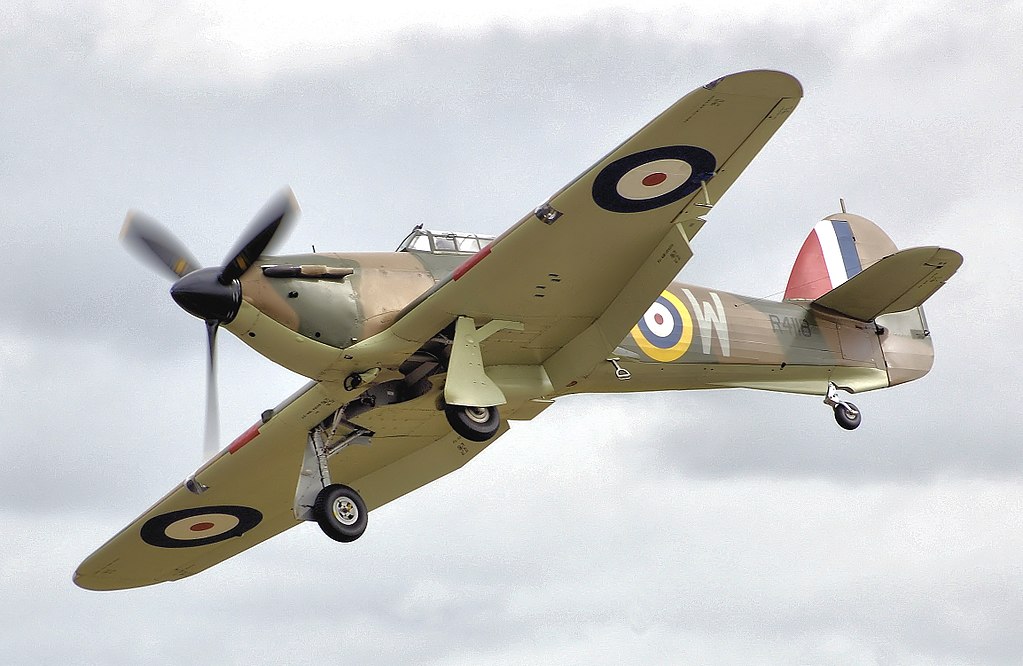“When his parachute opened, I could see his “G” suit burning from head to foot. I glanced down and saw the flaming MiG hit the water vertically,” Capt. Jesse Folmar, VMA-312 F4U Corsair pilot
Some U.S. Navy and Marine Corps F4U Corsairs were sent up against the night raiders that North Korea sortied over UN lines after dark during the Korean War, despite being outclassed by the new generation of jet fighters and primarily used in the close air support role. It was in an F4U-5N night fighter that Lt. Guy Bordelon became the U.S. Navy’s lone ace of the conflict.
Nevertheless, on September 10, 1952, Capt. Jesse Folmar, flying a Corsair from VMA-312, was able to shoot down one of the two MiG-15s that had bounced him and his wingman, according to Warren Thompson in his book F4U Corsair Units of the Korean War.
The light carrier Sicily supported attacks into North Korea by F4U units VMF-214 (1950), VMF-323 (1951), and VMA-312, which operated from the ship between September 4 and October 19, 1952, and between August 1950 and December 1952.
On September 10, 1952, the ship launched a significant number of the “Checkerboards” F4U-4Bs in order to put out the most effort possible for interdiction and close air support operations. A historic encounter with some aggressive MiG-15s would occur throughout the course of the operation between Capt. Jesse G. Folmar, who was commanding one division, and his wingman Lt. Walter E. Daniels. They were instructed to strike a troop concentration on the south side of the Taedong River, close to Chinnampo, and they took off at 16:10.
Capt. Folmar remembered the sequence of events:
“As we crossed the coast and headed into enemy territory, we begged to execute a tactical weave at 10,000 ft. Arriving over the target area, we observed no activity, so we continued to fly reconnaissance in the area of the Taejon estuary. As we started to bank over a small island off the coast, I caught a glimpse of two MiG-15s in the early stages of setting up for a firing pass on us. They were in loose section formation, so I steepened the angle of my banking turns into them while at the same time increasing power. I jettisoned all external ordnance and fuel tanks and then switched to the guard channel to report that we were being attacked by MiGs. I told Lt. Daniels to fly a much tighter weave and not to let the communist lees out of his sight.
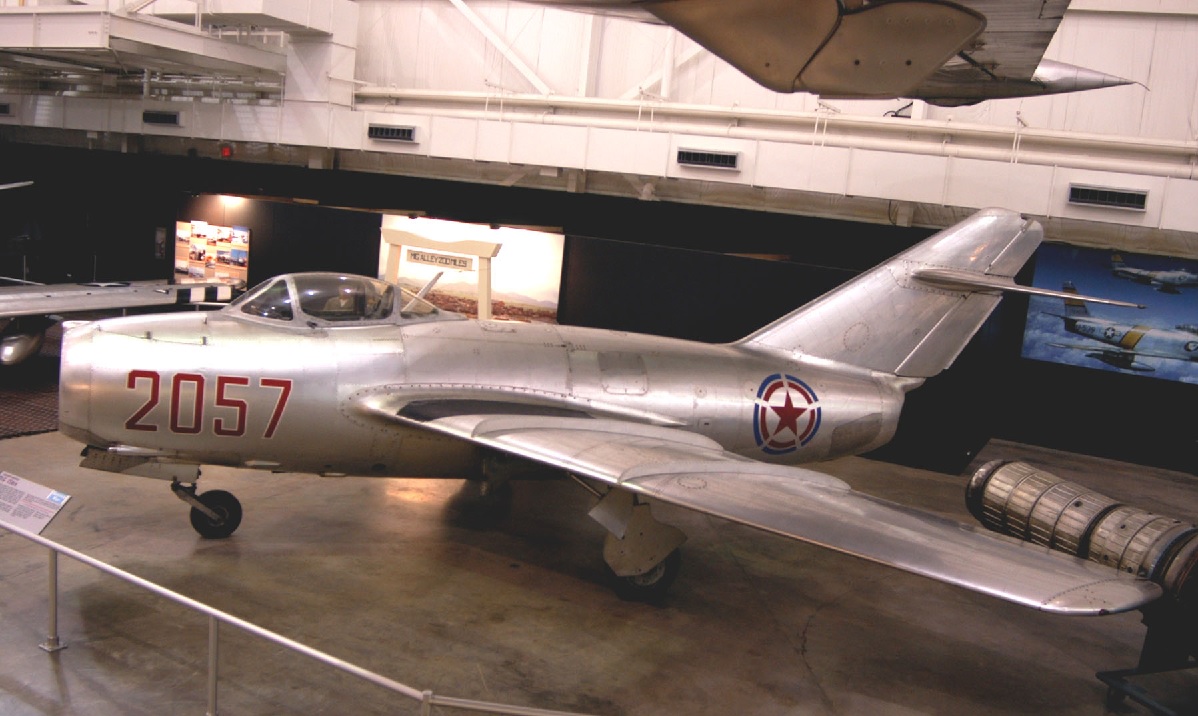
“Seconds later, I spotted two more of them closing rapidly from my ‘eight o’clock’. I turned hard to the left, trying to bring my guns to bear before they could open fire, but due to their rapid closure, I was unable to do so. Their tracers were overshooting us, so I reversed my bank to the right and turned inside one of the MiGs as he started a climbing left turn. I pulled up and got him squarely in my gunsights, giving him about 20 mils’ lead. I then triggered off a long, five-second burst with my four 20 mm cannons.
“I could tell that I had him boresighted by the blinking flashes along the left side of his fuselage. A grey trail of fuel vapor began to stream from the MiG, and this quickly turned into billowing black smoke. He nosed over slightly and seemed to lose acceleration. Seconds later, the pilot ejected, and he tumbled through the air in what appeared to be a ball of smoke. When his parachute opened, I could see his “G” suit burning from head to foot. I glanced down and saw the flaming MiG hit the water vertically.”
Folmar and Daniels both began their defensive weave, and soon four more MiGs—arranged loosely in a column of two sections—joined the battle. The Corsair couple’s chances were suddenly considerably worse against them. Folmar made the decision to leave and head home, ordering a hard break to the left and downward.
“I had just started picking up good diving speed when I saw balls of tracer passing on my left. At that instant, I felt a severe jolt and explosion in my left wing. My aircraft began to shudder as if in a high-speed stall. I glanced over and saw that my left aileron and about four feet of my left wing were gone. Also, the top of the left wing was gutted to the inboard side of my inboard 20 mm gun. My damaged aeroplane was trying to roll to the left, although the control column was placed in a full right position. This led to my decision that it would be too hazardous to attempt a landing back on Sicily, so I decided to bail out.”
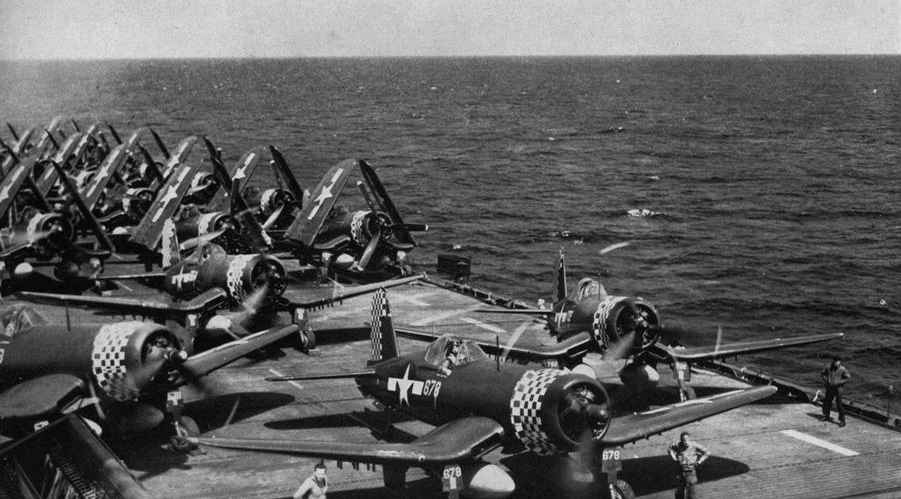
Before preparing to bail out, Folmar sent out a distress signal for search and rescue and reiterated his location. Another MiG made a firing pass at him while he was doing this, but its shells missed. He dropped clear after rolling out of the right side of the cockpit at a height of 3000 feet.
He heard an ear-splitting noise as he pulled the D-ring on his parachute, and as he looked up, he saw another MiG shooting at his downed Corsair. Seven MiG-15s were still in the area, but they took off as soon as Folmar touched down in the sea. He calculated that he was in the water for around eight minutes until an SA-16 Albatross “Dumbo” came to his aid.
Photo by Bzuk via Wikipedia, U.S. Air Force, and U.S. Navy
F4U Corsair Units of the Korean War is published by Osprey Publishing and is available to order here.



